
Louis R. Pasquale, MD, FARVO, will be presented the award by previous winner Robert N. Weinreb, MD.

Louis R. Pasquale, MD, FARVO, will be presented the award by previous winner Robert N. Weinreb, MD.

A modified illuminated endolaser could be an efficient substitute for cryotherapy or indirect laser retinopexy during primary scleral buckling.
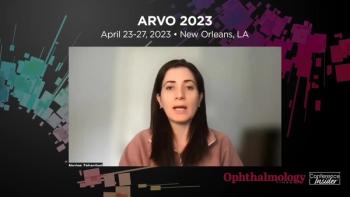
Nazlee Zebardast, MD, MSc sat down with David Hutton, Managing Editor, Ophthalmology Times®, to discuss her research on using machine learning methods to identify image-based, specifically OCT based, phenotypes or structural phenotypes for glaucoma. at this year's ARVO meeting.
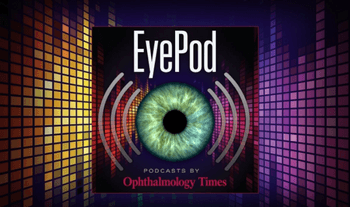
Dr. Jai Parekh, a clinical associate professor of Ophthalmology/The New York Eye & Infirmary of the Mount Sinai School of Medicine and David Hutton, Managing Editor of Opthalmology Times discuss the importance of ocular health prior to cataract and refractive surgery, specifically with osmolarity testing.
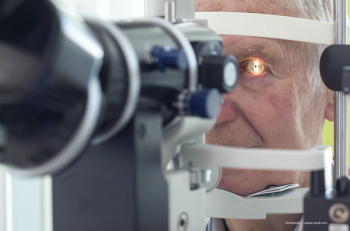
Outcomes achieved with information, osmolarity testing, proven treatments

In a presentation at the EnVision Summit 2023 in Puerto Rico, Sumayya Ahmad, MD, pointed out that for patients with lower Schirmer’s scores and corneal staining, PRK may be a good choice. If the dry eye can be treated preoperatively and the eye has no staining, surgeons can consider LASIK.
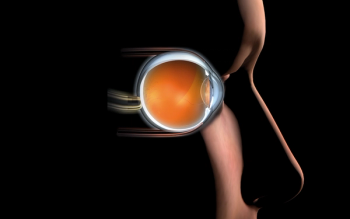
The study could lead to early diagnosis and treatment of age-related macular degeneration.

Mount Sinai study is the first to identify that heart attack, stroke and heart failure are linked to a specific type of age-related macular degeneration.

First-in-human biologic stent in ophthalmology is a conforming implant material, i.e., a soft, scleral wall compliant bio-tissue to structurally reinforce the cyclodialysis cleft opening.

At the American Academy of Ophthalmology annual meeting in Chicago, Gautam Kamthan, MD, discussed the feasibility of robot-assisted ophthalmic gonio-surgery.

According to a new study from New York Eye and Ear Infirmary of Mount Sinai, a new, non-invasive ocular imaging method may be able to detect an early indicator of glaucoma in time to prevent disease progression and vision loss.
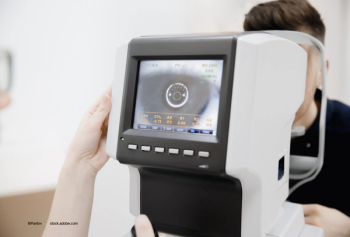
Flavoprotein fluorescence could serve as a new biomarker, according to a Mount Sinai study.

Gareth Lema, MD, PhD, discusses an innovative eye stroke program at Mount Sinai Health System that involves collaboration among ophthalmologists, the stroke service, and emergency department physicians.
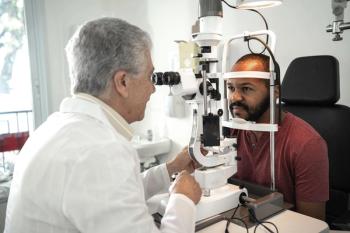
Mount Sinai study could lead to earlier and increased screening for this population to prevent blindness.

Mount Sinai study is among the first to link cardiovascular risk to a specific form of age-related macular degeneration.
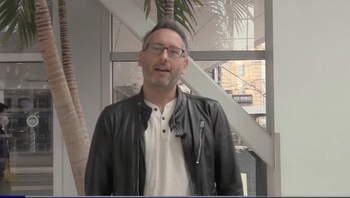
At ARVO 2022 in Denver, Colorado, Timothy Blenkinsop, MD, presented “3D Eye Organoids with Distinct Cornea.” His presentation outlined how these organoids have developed sophisticated cornea structures.
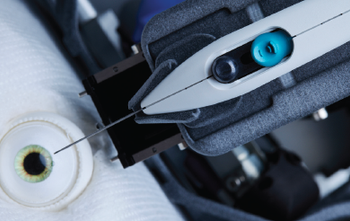
Utilizing new technology, surgeons can be 20 to 40 times more precise.

Gareth Lema, MD, PhD, spotlights a treatment could provide benefits for patients with central retinal artery occlusion.

Richard B. Rosen, MD, DSc(Hon), reports on the capabilities of using clinical OCT for imaging and measuring macular surface macrophage cells during the 2021 ASRS annual meeting.
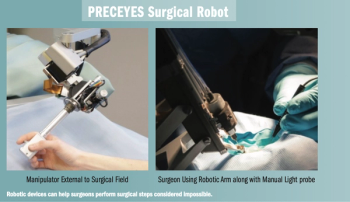
Robotic-assisted procedures are proving more precise in every way when compared with manual procedures: automated assistance controls tremor, reduces fatigue, and helps avoid inadvertent injury.